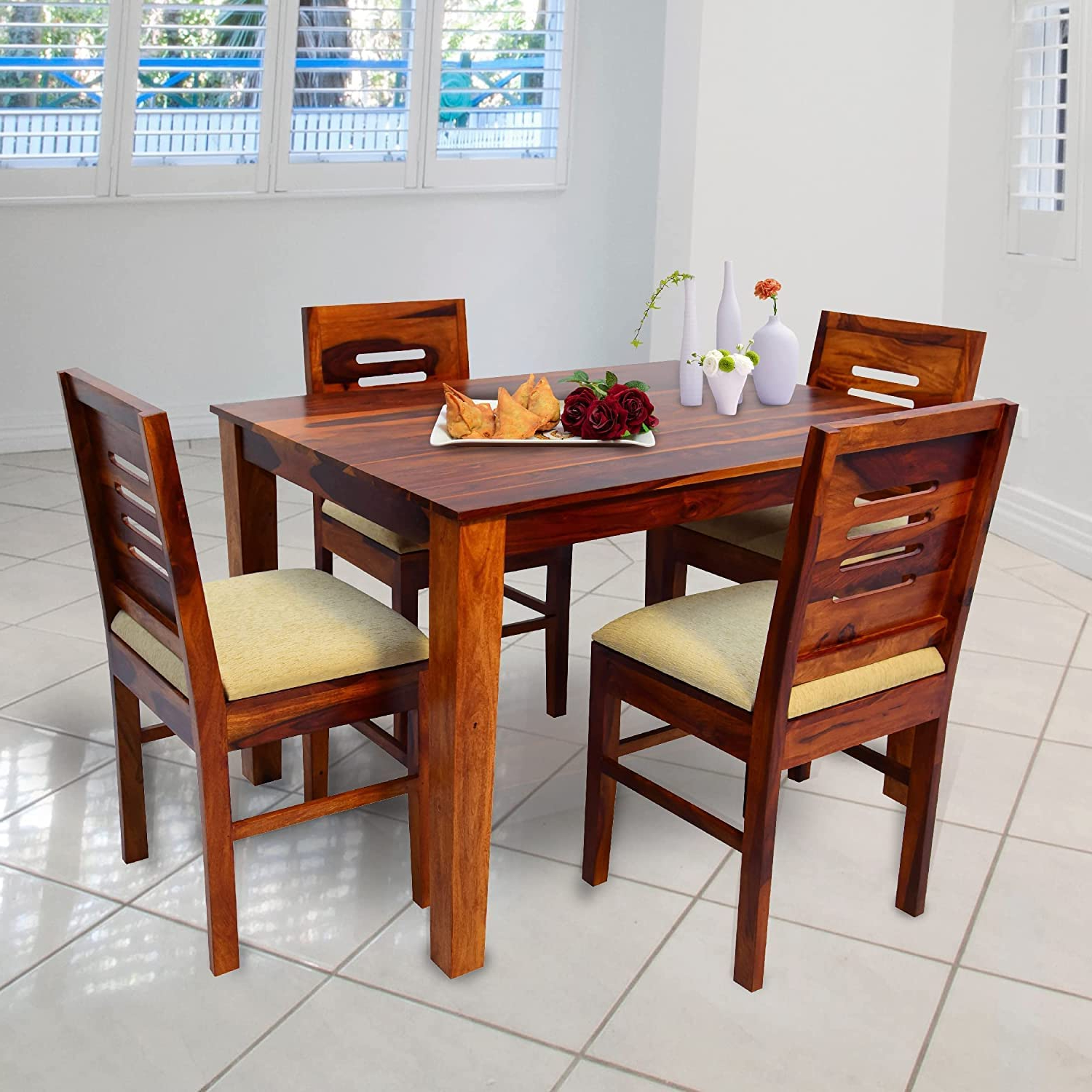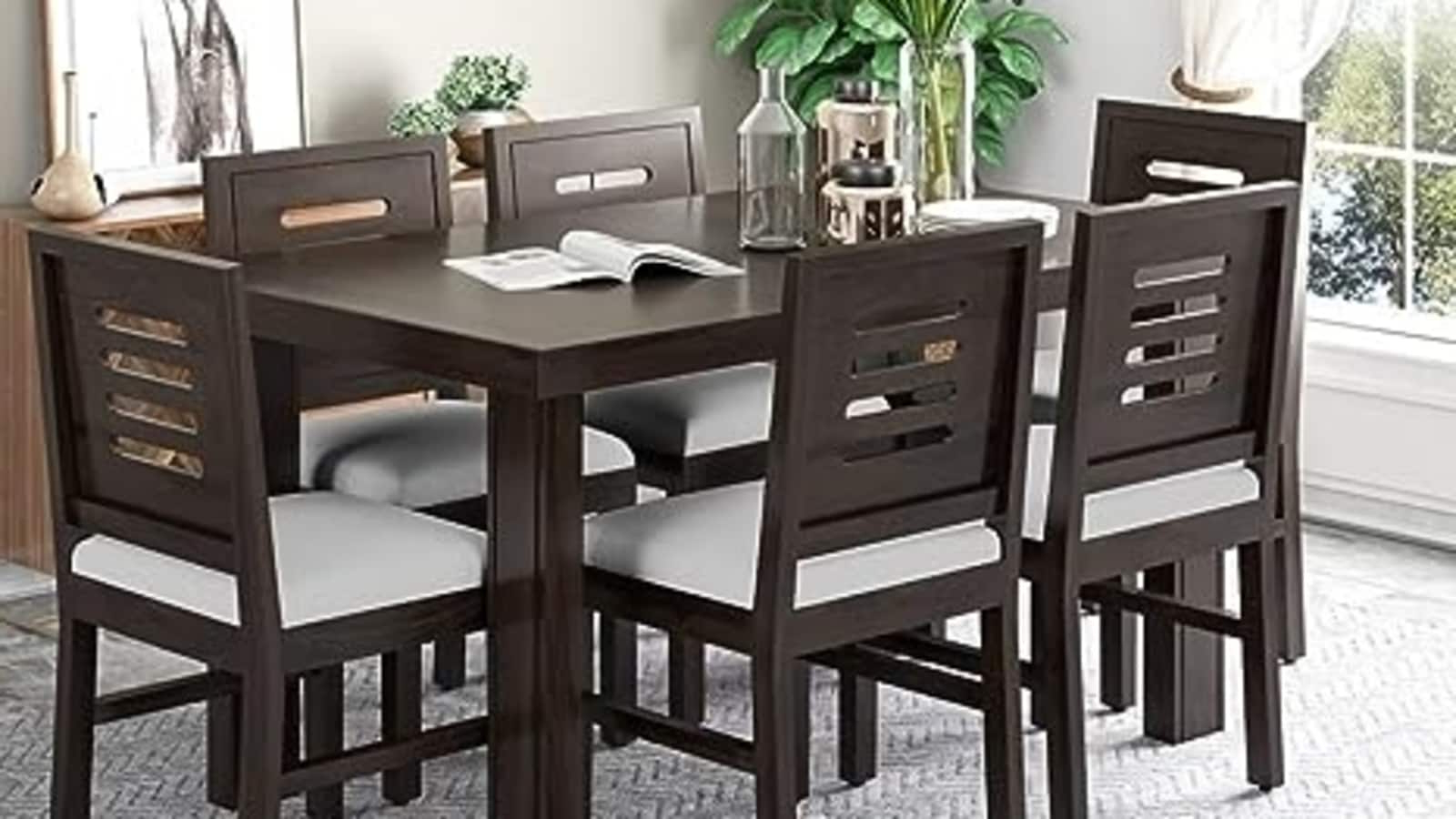We spend a significant portion of our lives sitting, and our dining chairs are no exception. While we often focus on how a chair looks with our decor, its impact on our physical well-being, particularly our backs, is often overlooked. It’s time to shift our perspective and explore how to find dining chairs that are as kind to your spine as they are to your eyes.
Think about your last leisurely meal. Were you perched on a hard, unforgiving seat, or did you sink into something truly comfortable? For many, the dining chair is a piece of furniture we don’t give much thought to until discomfort sets in. But the reality is, the chairs we use at our dining tables play a crucial role in our posture and spinal health. Especially during longer meals or when hosting guests, the right chair can make all the difference between a pleasant experience and a nagging ache. Let’s delve into what truly makes a dining chair excellent for your back.
Understanding Spinal Support in Seating
Our spine has a natural S-curve, and good seating aims to maintain this curve. When we sit, especially for extended periods, our bodies tend to slouch, putting undue pressure on our lower back and spine. This is where supportive chair design comes into play. A chair that supports your back isn’t just about cushioning; it’s about ergonomics – the science of designing furniture for maximum efficiency and comfort. This means considering features that encourage good posture and alleviate strain. It’s a delicate balance between form and function, and understanding the basics can lead you to a much more comfortable dining experience.
Key Features for Back-Friendly Dining Chairs
So, what exactly should you be looking for? It boils down to a few critical design elements:
- Lumbar Support is Paramount: This is arguably the most important feature. Good lumbar support is a curve or protrusion in the backrest that fits snugly into the natural curve of your lower back. It helps maintain the spine’s natural alignment and prevents slouching. Some chairs have built-in, fixed lumbar support, while others offer adjustable options. If you can’t find a chair with built-in support, consider using a small pillow or a rolled-up towel for added comfort.
- Seat Depth and Width Matter: The seat should be wide and deep enough to comfortably accommodate your thighs without pressing into the back of your knees. Ideally, there should be a few inches between the edge of the seat and the back of your knees. This prevents circulation issues and discomfort. A seat that’s too shallow won’t provide enough support, while one that’s too deep can force you to slouch.
- Proper Seat Height: When you sit down, your feet should rest flat on the floor, and your knees should be at about a 90-degree angle. This ensures your weight is evenly distributed and your legs aren’t dangling or awkwardly positioned. The height of the chair relative to your dining table is also crucial for maintaining an ergonomic posture while eating.
- Backrest Angle and Height: The backrest should offer adequate coverage for your back, ideally extending up to your shoulder blades. A slight recline in the backrest can also be beneficial, as it takes some of the pressure off your lower back. Too upright a backrest can force you to lean forward, and one that’s too short won’t provide enough support.
- Cushioning and Firmness: While you might think softer is always better, overly soft cushioning can cause you to sink too low, disrupting posture. A firmer, yet comfortable, cushion provides better support and prevents you from having to constantly readjust your position. The material of the cushion also plays a role; breathable fabrics are generally more comfortable for longer sitting periods.
Materials and Construction: What to Consider
The materials used in a dining chair significantly influence both its aesthetic appeal and its structural integrity, which directly impacts comfort and longevity. For the frame, solid wood like oak or walnut offers durability and stability – essential for a chair that supports your back. Metal frames can also be robust, but ensure they are well-constructed and don’t feel flimsy. Upholstery choice is another big one. Fabrics like linen, cotton, or a durable polyester blend can be breathable and comfortable. Leather can look luxurious but might be less breathable in warmer climates. For the filling, high-density foam is often preferred for its ability to provide firm support without compressing too quickly over time. Avoid chairs with cheap, thin padding that flattens out after minimal use. A well-built chair with quality materials will not only look good but will also stand the test of time and provide consistent support.
Putting it to the Test: Trying Before You Buy
Reading about ideal features is one thing, but experiencing them is another. Whenever possible, always try out dining chairs before making a purchase. Sit in them for a few minutes. How do they feel against your back? Can you comfortably rest your feet on the floor? Does the seat depth feel right? Pay attention to any pressure points or areas of discomfort. If you’re ordering online, carefully review the dimensions and return policies. Customer reviews can also be incredibly helpful, offering insights from people who have actually used the chairs long-term. Don’t be shy about spending a few minutes in a showroom; your back will thank you later.
When Aesthetics and Ergonomics Align
The good news is that finding a dining chair that supports your back doesn’t mean you have to sacrifice style. Many designers and manufacturers are increasingly prioritizing ergonomic principles alongside aesthetic appeal. You can find chairs with sleek, modern lines that incorporate excellent lumbar support, or classic designs with comfortable, well-padded seats. Consider chairs with slightly curved backrests, subtly sculpted seats, or even those that offer a gentle flex. The key is to look beyond the surface and understand the underlying construction and design intent. A truly beautiful chair is one that not only enhances your dining room’s look but also contributes to your overall well-being.
Beyond the Chair: Other Factors for Comfort
While the chair itself is crucial, other factors can enhance your dining comfort and support. Ensure your dining table is at the correct height for your chairs. If your table is too high or too low, even the best chair might not feel right. Consider the spacing between chairs and your table. You should be able to pull the chair out and sit down comfortably without feeling cramped. For very long meals or for individuals with specific back concerns, a removable lumbar support cushion can be a versatile addition, allowing you to customize the support level. And remember, even with the most supportive chairs, taking short breaks to stand and stretch can significantly benefit your back health.
Choosing dining chairs is more than just an aesthetic decision; it’s an investment in your comfort and long-term health. By understanding the principles of spinal support and looking for key features like proper lumbar support, appropriate seat dimensions, and quality construction, you can transform your dining experience. Don’t underestimate the power of a well-designed chair to make mealtimes more enjoyable and to contribute positively to your overall well-being. Prioritize support, and you’ll find that style and comfort can indeed go hand in hand.















